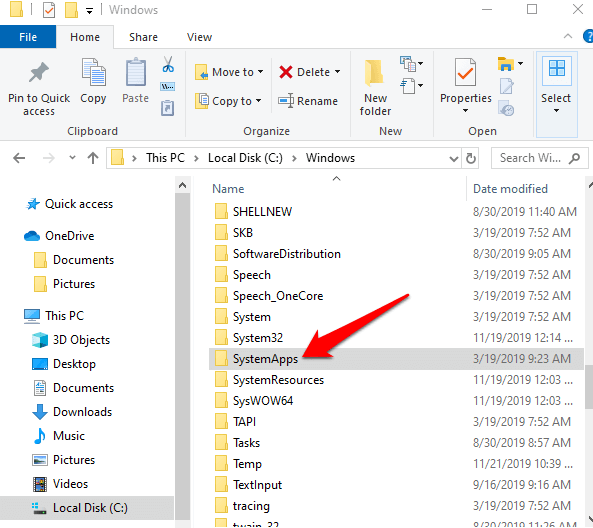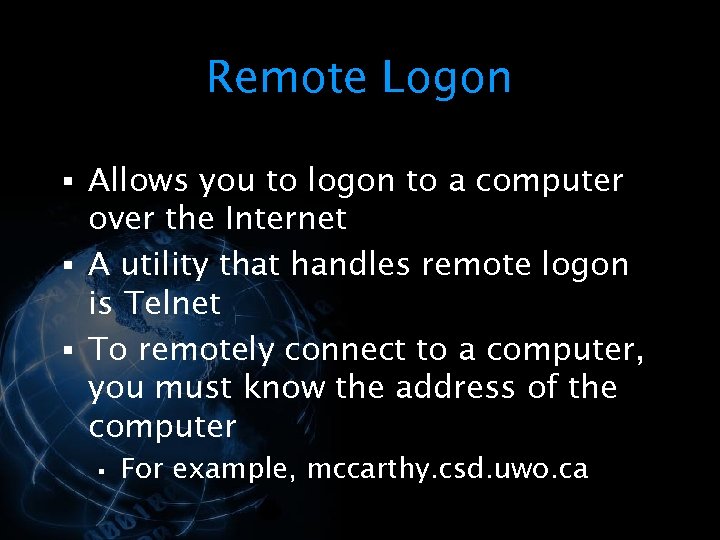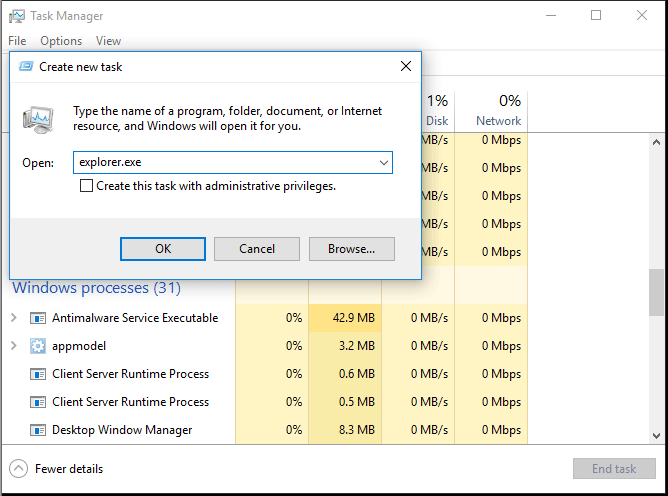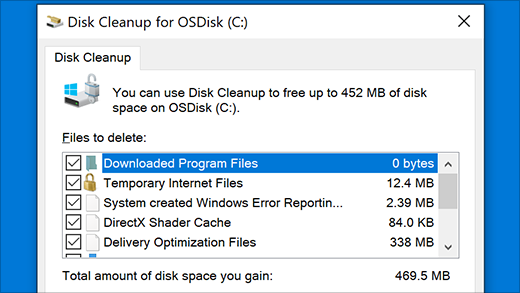

The entire program was moved across to the Cairo development group who finally integrated the new shell design into the NT code with the release of NT 4.0 in July 1996. The Shell Technology Preview program never saw a final release under NT 3.51. There were two public releases of the Shell Technology Preview, made available to MSDN and CompuServe users: and August 8, 1995. The release provided capabilities quite similar to that of the Windows "Chicago" ( codename for Windows 95) shell during its late beta phases, however was intended to be nothing more than a test release. The update was designed to replace the Windows 3.x Program Manager/File Manager based shell with Windows Explorer. In 1995, Microsoft first released test versions of a shell refresh, named the Shell Technology Preview, and often referred to informally as "NewShell".

This is why Explorer.exe is shown by various process explorers with no parent – its parent has exited.


Userinit performs some initialization of the user environment (such as running the login script and applying group policies) and then looks in the registry at the Shell value and creates a process to run the system-defined shell – by default, Explorer.exe. Collectively, these features are known as the Windows shell.Īfter a user logs in, the explorer process is created by the userinit process. While "Windows Explorer" or "File Explorer" is a term most commonly used to describe the file management aspect of the operating system, the Explorer process also houses the operating system's search functionality and File Type associations (based on filename extensions), and is responsible for displaying the desktop icons, the Start Menu, the Taskbar, and the Control Panel. Successive versions of Windows (and in some cases, Internet Explorer) introduced new features and capabilities, removed other features, and generally progressed from being a simple file system navigation tool into a task-based file management system. There is also a shortcut key combination: Windows key+ E. Explorer could be accessed by double-clicking the new My Computer desktop icon or launched from the new Start Menu that replaced the earlier Program Manager. Windows Explorer was first included with Windows 95 as a replacement for File Manager, which came with all versions of Windows 3.x operating systems.


 0 kommentar(er)
0 kommentar(er)
